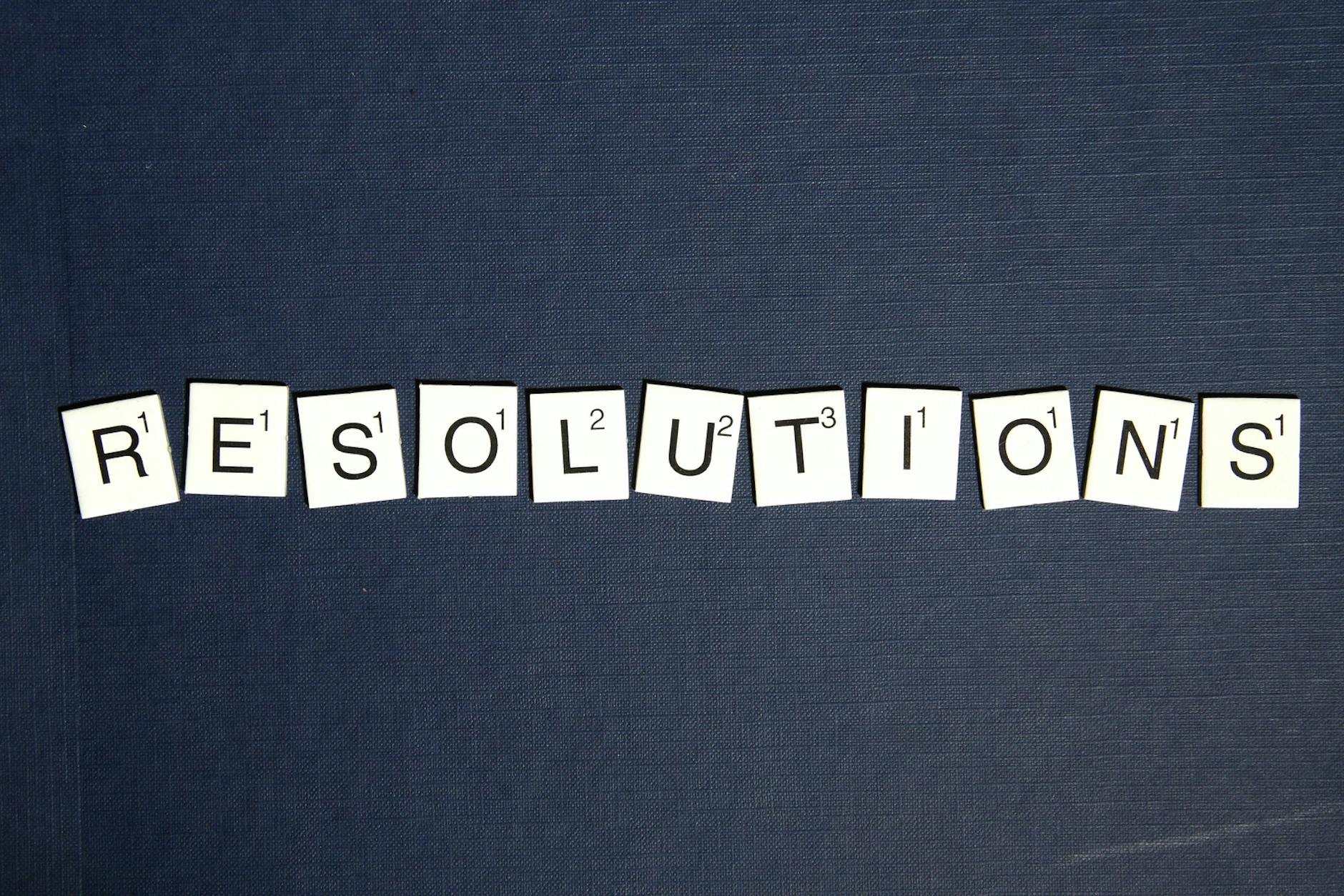As the New Year approaches, many of us reflect on ways to grow, improve, and set new goals, and kids can benefit from this practice just as much as adults. Teaching children about New Year’s resolutions is a fantastic way to introduce them to goal-setting, self-reflection, and personal growth. By setting achievable goals, kids learn valuable skills that can guide them through school, hobbies, friendships, and beyond.
This guide provides practical steps for helping kids set meaningful resolutions, with resources like goal-setting worksheets, online tools, and motivational tips to keep kids engaged as they embark on their own growth journey in 2024.
Why New Year’s Resolutions Are Important for Kids
New Year’s resolutions help kids understand the importance of self-improvement and taking responsibility for their own growth. By creating resolutions, children learn:
- Goal-Setting Skills: Breaking down large goals into smaller steps helps kids see that big dreams can be achieved over time.
- Self-Reflection: Reflecting on past successes and challenges allows kids to appreciate how far they’ve come and identify areas where they can grow.
- Perseverance: Working towards a goal teaches resilience and determination, essential traits that benefit kids throughout their lives.
Encouraging children to set their own goals promotes a sense of independence, boosts self-confidence, and strengthens their sense of responsibility.
How to Help Kids Set Realistic and Achievable Resolutions
Here are some practical steps for setting New Year’s resolutions that kids can achieve:
1. Brainstorm Ideas Together
- Sit down with your child to brainstorm goals, focusing on areas that are important to them, like school, hobbies, friendships, or health.
- Ask open-ended questions like, “What’s something new you’d like to learn?” or “Is there anything you’d like to get better at this year?” These questions help them think about what matters to them.
2. Break Goals into Small Steps
- Help your child break down big goals into manageable steps. For example, if their goal is to “read more books,” decide on a specific number of books per month and encourage them to track each one.
- This way, each step forward is clear, achievable, and motivating.
3. Make Goals Specific and Measurable
- Guide your child to create specific and measurable goals. Instead of saying, “I want to be better at math,” a goal like “I want to practice math for 10 minutes every day” gives them a clearer target.
- Specific goals make it easier for kids to track their progress and feel accomplished as they hit each milestone.
4. Set a Timeline
- Encourage kids to set a timeline for their goals, whether it’s weekly, monthly, or quarterly.
- For instance, if they want to “learn to ride a bike,” setting a goal to practice for a certain amount of time each week can help them reach this skill faster.
5. Celebrate Progress
- Teach kids to recognize and celebrate their successes, no matter how small. Each step forward, such as finishing a book, completing a project, or making a new friend, deserves recognition.
- Celebrating progress keeps them motivated and reminds them that growth is a process.
Resolution Ideas for Kids
If your child isn’t sure where to start, here are some age-appropriate resolution ideas to inspire them:
- For Younger Kids: “I want to read one book per week,” “I’ll pick up my toys every evening,” or “I’ll try a new vegetable every month.”
- For Tweens: “I want to complete my homework on time,” “I’ll help with chores around the house,” or “I’ll practice my favorite sport twice a week.”
- For Teens: “I’ll save a portion of my allowance,” “I’ll spend more time with family,” or “I’ll learn a new skill or hobby.”
These goals are simple, achievable, and provide children with a strong sense of accomplishment when completed.
Tools and Resources to Help Kids Achieve Their Goals
Here are some free resources to make goal-setting fun, track progress, and celebrate milestones:
- Goal-Setting Worksheets for Kids – Downloadable and printable worksheets designed to help kids outline and track their resolutions. Kids can fill out their goals, action steps, and check off milestones as they go.
- Online Tools for Tracking Progress:
- Habitica – A game-like app that turns tracking goals into an adventure.
- Kids’ Journal Apps like Journey – Allows kids to record their achievements and self-reflections, which can be motivating for visual learners.
- Free New Year’s Resolution Printables – Fun printables for kids to personalize their resolutions with colors, drawings, and decorations. For a free chart click below!
- Articles on Personal Growth:
- How to Teach Kids About Growth Mindset – An excellent guide for parents on helping kids view challenges as learning opportunities.
These tools make the goal-setting process enjoyable and give children a way to visualize their growth over time.
Keeping Kids Motivated Throughout the Year
To keep the excitement going, encourage your child to revisit their resolutions each month. Checking in on their progress and updating goals as they grow helps kids stay connected to their goals and build momentum. By the end of the year, they’ll be able to look back and see how much they’ve achieved!
Setting New Year’s resolutions with your child isn’t just about the goals themselves—it’s about creating lasting habits that will help them flourish long after the year is over. With support, encouragement, and these simple goal-setting steps, 2025 can be a year of growth, confidence, and joy for your child. Help your child make 2025 their best year yet by guiding them through the journey of setting and achieving their very own New Year’s resolutions.


Leave a Reply